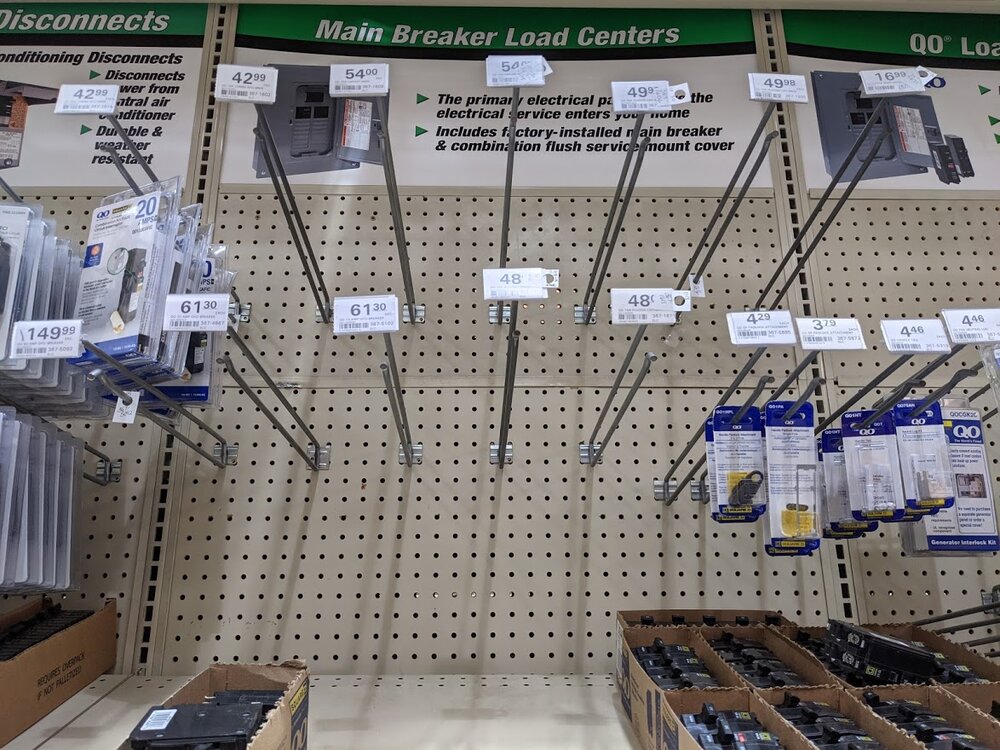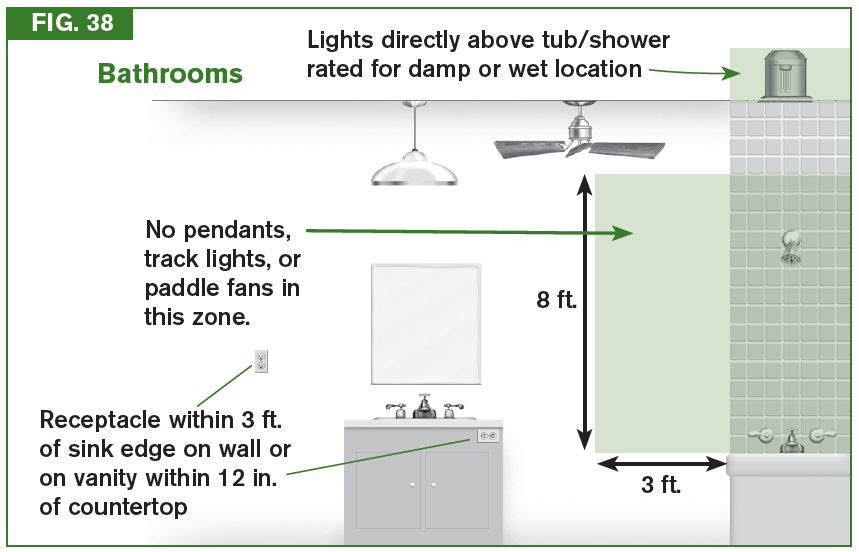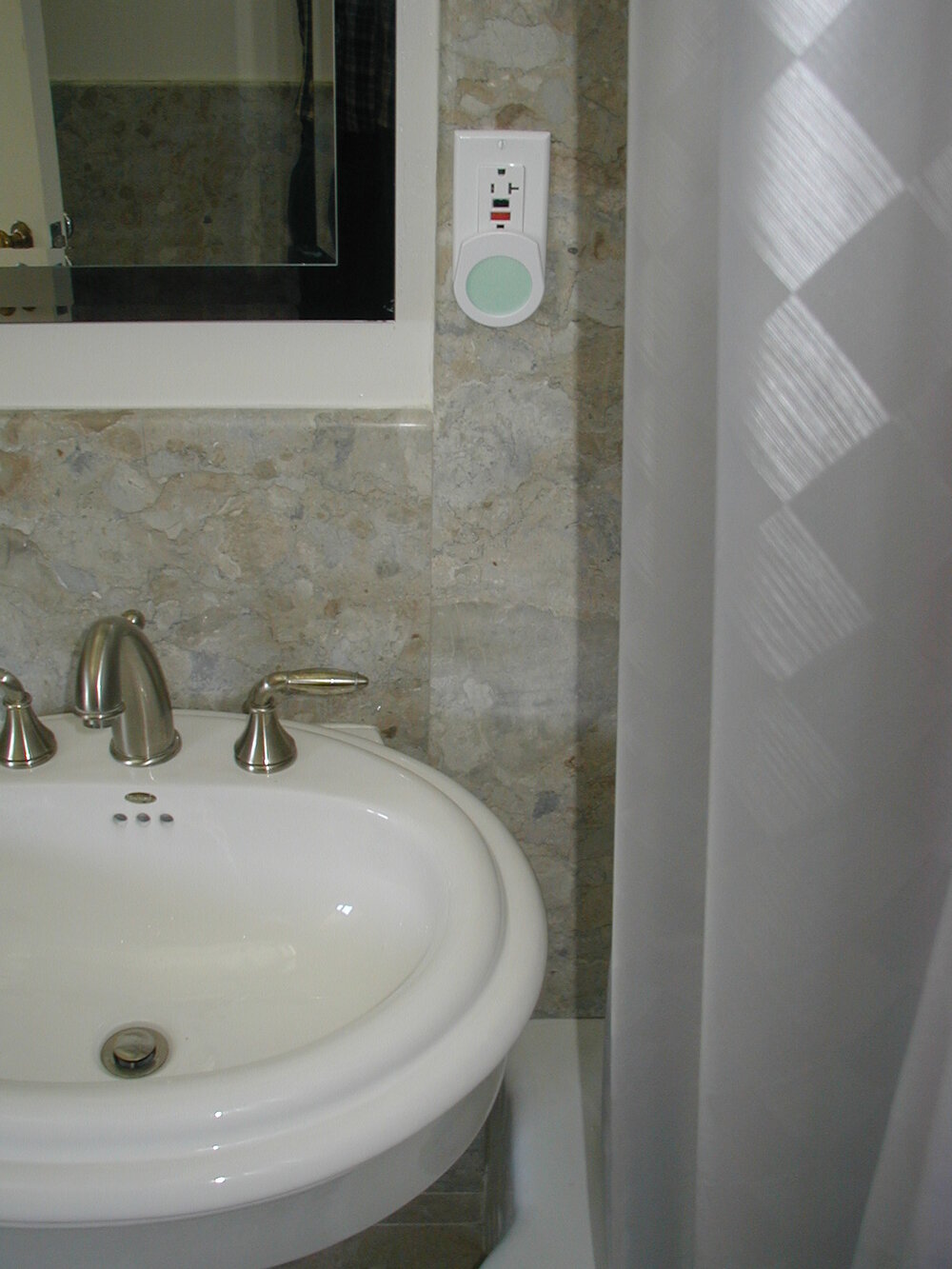The 2020 version of the National Electrical Code was officially adopted in Minnesota on November 17, 2020. Unlike the International Residential Code, Minnesota doesn’t have their own flavor of this national code; we swallow the pill whole. Whatever it says in that book is the rule here in Minnesota. This means that electrical permits pulled on or after 11/17/20 need to follow these new rules.
Besides the video above, we also recorded a couple of podcasts with John Williamson, Operations Supervisor with the Minnesota Department of Labor and Industry (DOLI), to discuss the coming changes. Check ‘em out below.
A FEW NOTICEABLE CHANGES
As with every electrical code update, there’s a ton of changes happening within the code. I don’t know all the ins and outs of the coming changes, but I do find it helpful to understand the most noticeable changes that I see in the field. The following is a list of things that I think will be the most noticeable to home inspectors, based on our podcast with Mr. Williamson as well as the 2020 NEC Changes document put out by the Minnesota Department of Labor and Industry.
240-volt receptacles need GFCI protection – 210.8(A): In the past, GFCI protection was needed in certain locations in homes for traditional 125-volt receptacles, but that scope has been expanded to include up to 250-volt receptacles. This means we’ll start seeing GFCI protection for cord-and-plug connected dryers, ranges, ovens, and similar appliances. This requirement is for the receptable, not the appliance. In other words, you can still have a hardwired oven with no GFCI protection.
Minnesota is making a small exception to this rule for now, however. COVID-19 has created some serious supply issues for 240-volt GFCI breakers, so this particular requirement has been put on hold until further notice.
Update 4/5/21: As of today, GFCI enforcement has taken effect.
Air conditioner and heat pump outlets need GFCI protection – 210.8(F): I typically call receptacles “outlets” because that’s what everyone else calls them, but the NEC actually defines an outlet as A point on the wiring system at which current is taken to supply utilization equipment. This includes such things as outlets for lights, smoke alarms, and appliances. The code language for this requirement actually says that GFCI protection is needed for branch circuits rated at 150-volts or less to ground, and rated at 50-amps or less. This includes 240-volt circuits, because while they’re rated at 240-volts line to line, they’re still rated at 120-volts line-to-ground.
Outdoor lights are exempted from this provision, and receptacles already needed to be GFCI protected, so what does that leave us? For the average home, it leaves the air conditioner or heat pump outlet.
Update from the Minnesota Construction Codes and Licensing Division, Fall 2022 Newsletter:
NFPA amendment changes for dwelling HVAC ground-fault protection requirements
Effective Sept. 1, 2022, a Tentative Interim Amendment (TIA) 20-19 was issued and approved by the NFPA Standards Council regarding Section 210.8(F) of the National Electrical Code (NEC). The TIA will change the current language found in Section 210.8(F) of the 2020 NEC that requires GFCI protection for outdoor 125 to 250-volt outlets, less than 150 volts to ground, at dwelling units. The relaxation of the requirement will allow installers to forgo the GFCI protection for any type of outdoor HVAC equipment until Sept. 1, 2026.Due to the action taken at the NFPA Standards Council, DLI has elected not to enforce the 210.8(F) GFCI protection requirements for outdoor HVAC equipment at dwelling units.
To throw in my own two cents, I think it would be helpful to not exempt outdoor lighting outlets from this requirement. I recently wanted to add some Christmas lights under my deck that were controlled with my indoor light switch, so I simply unscrewed one of the light bulbs at my floodlight and plugged in a receptacle adapter so I could do that.
Before doing so, however, I replaced the circuit breaker serving this light with a GFCI circuit breaker to give that entire circuit GFCI protection. I suspect most people wouldn’t think to make this kind of safety upgrade, and I think it would be a good thing to have this included in the code.
Sump pumps and dishwashers need GFCI protection – 422.5(A): There’s actually a whole bunch of appliances that need GFCI protection listed in this section, but sump pumps and dishwashers are the two that we see in homes. It doesn’t matter if these appliances are the plug-in type or hardwired, they now need to be GFCI protected.
Surge protection for houses – 230.67: Type 1 or Type 2 surge protection devices (SPDs) are now required in new homes, and will need to be added when doing a service upgrade or replacement. An SPD is a device that gets installed in the main electric panel or immediately adjacent to the main panel. An SPD will help protect equipment in the home from surges, and will also help protect against home fires and personal injury.
On a personal note, I put one in my own house recently because I think it’s a great product to have. I use surge protectors for a few things in my home, but I really like the idea of having an extra layer of protection added right at the main panel, protecting everything in my home, not just the stuff plugged into surge protectors.
These devices also provide added protection at homes with numerous two-prong outlets, because they’re stopping surges right at the panel.
Disconnects are needed outside – 230.85: To help first responders safely and quickly turn off the power to a building, emergency disconnects are now needed outside of one-family and two-family dwellings in a readily accessible location. One way to achieve this is by putting the main panel on the outside of the house. This seems really weird to most Minnesotans, but it’s common practice in the South. Another way is to have an emergency disconnect installed outside the house. If that disconnect does not contain overcurrent protection, it would not be considered service equipment, so the main panel in the house would still be considered the main service equipment. Not a subpanel.
For anyone worried about late-night teenage shenanigans, go ahead and put a lock on your emergency disconnect. This is not prohibited, and according to the MN DOLI, “First responders are well equipped to cut off or remove any locking devices that impede the ability to operate the emergency disconnect.”
Receptacles within 3’ of showers and bathtubs are prohibited – 406.9(C): It’s no longer allowable to have a receptacle within three feet of a shower or bathtub area, measured 8’ up from the rim of the tub or the floor of the shower stall. For bathrooms that aren’t big enought to accomodate this requirement, the receptacle can be placed on the opposite wall from the tub or shower on the farthest wall.
The green area in the diagram below, courtesty of the fine folks at Code Check®, shows where receptacles can’t be located.
While this seems like a good idea, the folks at Code Check® have changed my mind. I’m not so sure that this is a good change. Here’s what Douglas Hansen had to say about the coming change (this could be a blog post all on its own…)
The 2020 National Electrical Code (NEC®) has a new restriction on the placement of receptacles near a tub or shower. Previous code language prohibited the placement of receptacles “within or directly over” a bathtub or shower stall. While the intent of this appears straightforward – don’t spray water on your receptacles – the interpretation in the field was sometimes less clear. For example, what about the receptacle in the photo below that is placed on the tile above the tub’s lip, but not directly over the water inside the tub?
The receptacle is within the required 3 ft. distance of the basin, but also right at the edge of the area directly over the tub. Does “directly over” mean “over the water” or “over the threshold.”
The solution adopted in the 2020 NEC (section 406.9C) was to use the same “zone” that prohibits pendant fixtures, ceiling paddle fans, and track lights over a tub or shower (see the diagram above). This zone is 8 ft. above the shower threshold or tub rim, and extends 3 ft. horizontally past the tub rim or shower threshold. This new rule could create some situations where it would then be impossible to comply with the requirement for a receptacle within 3 ft. of the basin. An exception was added for bathrooms with less than the required zone, provided the receptacle was on the farthest wall from the shower threshold or tub rim.
There are many situations where this new rule could conflict with section 210.52(D) which requires a receptacle within 3 ft. of the outside edge of each basin. It also does not take into account the possible scenario of a fixed pane of glass between the shower and basin countertop. There could be a situation where the distance from the shower door opening was more than 3 ft. from the receptacle, but the footprint of the shower stall was less than 3 ft., and therefore the required placement of the receptacle would not be allowed. Another problem with the current wording is that the receptacle is allowed within 3 ft. of the tub if it is below the level of the tub rim. You could have a situation where the receptacle in the diagram above could be required to be moved down below the tub rim, next to the sink, where it would be less convenient, solely to comply with this new code.
Also troubling is the origin of this particular change. The idea of the prohibited zone for certain types of lights and fans was to protect persons inside the tub or shower from contact with non-GFCI protected equipment. In the case of receptacles, any within the bathroom are required to be GFCI-protected. When this change was proposed, no case studies or examples were provided to justify the 3 ft. distance; other than being the same number as that for protection from non-GFCI outlets, it appears to be arbitrary. There could even be cases where it becomes counterproductive. Who uses an electrical appliance while they are in the bathtub? Actually, many people do use their phones. And how do they charge them? Under this new rule, they will probably have to use extension cords. Dropping a cell phone in a bathtub isn’t going to kill you. Dropping the receptacle end of an extension cord into the tub could kill you, especially if it wasn’t plugged into a GFCI-protected receptacle.
It will be interesting to see if further changes are made to this section in the 2023 NEC. A half-dozen proposals were made to alter or remove this new section. These proposals will be reviewed by Code-Making Panel (CMP) 18 and their report will be made public in July of 2021. Note that this CMP is different than the one responsible for article 210, which is CMP-2. The overlapping areas of responsibility will need to be coordinated to result in a consistently enforceable rule.





